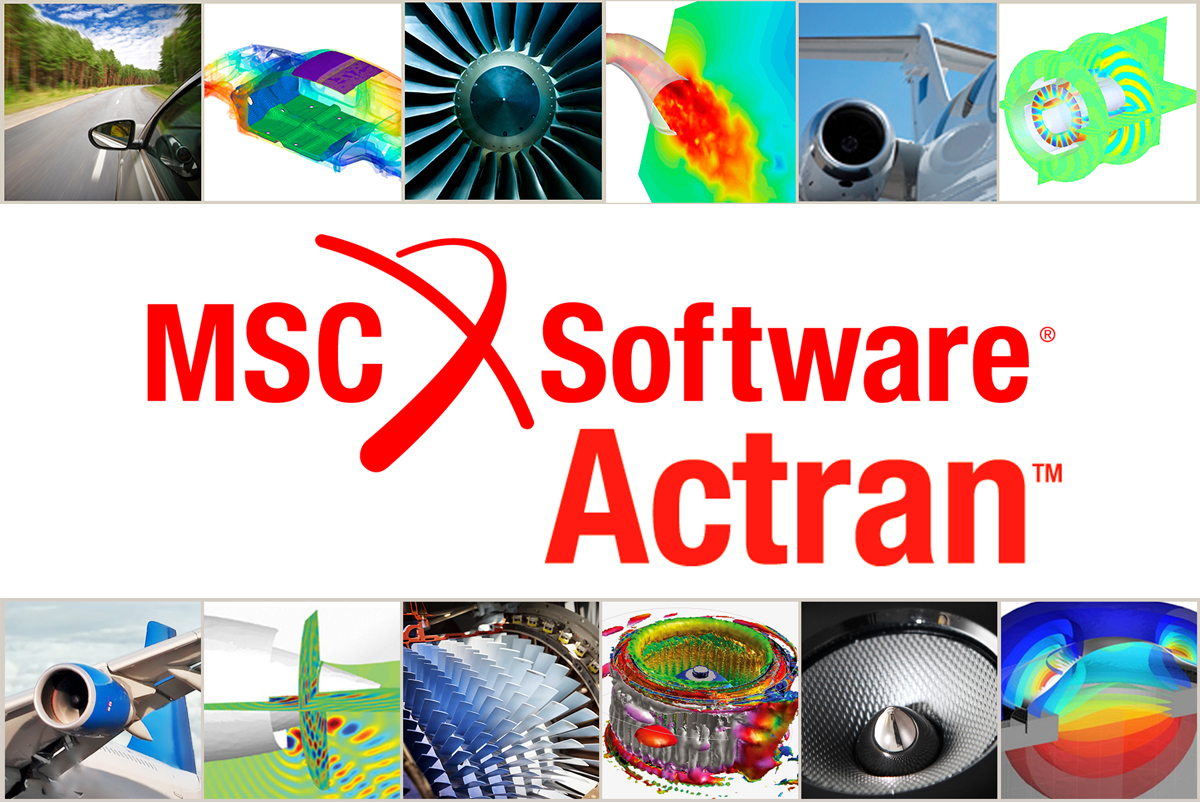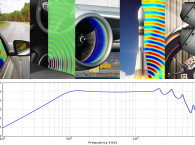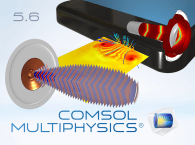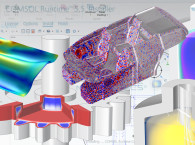Aircraft operators face growing restrictions on noisy aircraft and more stringent International Civil Aviation Organization (ICAO) noise management regulations. Reducing noise has become a business priority due to landing fees, flight curfews, or fleet being excluded from some airports. This is driving aerospace innovation, with engine technology paramount for effective aircraft noise reduction.
At the intake, engine noise is dependent on both the axial flow through the turbo fan and the associated swirl, but the combined effect on noise propagation was historically challenging to model. Actran's aircraft engine noise prediction now automatically accounts for the mean flow swirl component in acoustic duct modes excitation, which avoids mismatches between nacelle inlet flow and boundary conditions. The more accurate simulation enables engineers to understand how design changes such as shortening the nacelle affect noise emissions so they can optimize the placement of acoustic treatments.

The forthcoming ISO 360-1 standard reflects growing pressure to reduce automotive pass-by noise, with tyre noise expected to contribute 60% by 2024. A new dedicated noise assessment utility in Actran maps rotating tyre time domain vibrations from frequently used tools such as Abaqus onto a tyre-deformed mesh. This model is transposed into the frequency domain to predict tyre noise radiation in-situ so that acoustic mitigation solutions can be optimized accurately within a single acoustic engineering environment.
Decision making is also improved for Noise, Vibration, and Harshness (NVH) engineering workflows. Test results required by metrology and quality teams are now automatically produced for virtual tests in accordance with standard acoustic test procedures for power radiation and automotive pass-by noise measurements including ISO 3744, ISO 3745, SAE J1074 and IEC 61672-1.

"Actran 2020 integrates cutting edge acoustic research and technologies to address today's transport noise challenges," says Yves Detandt, Technical Director at FFT. "Inspired by new acoustic challenges, this new release provides a set of tools and methods empowering users to better model advanced acoustic problems in the design of the next generation of quieter products."
Actran 2020 is designed to make model set-up and definition more efficient with a reorganized analysis tree, components and boundary conditions categories and a new layout and native unit conversion system offering further productivity enhancements. Actran 2020 is now available.
www.mscsoftware.com | www.hexagonmi.com
www.fft.be







